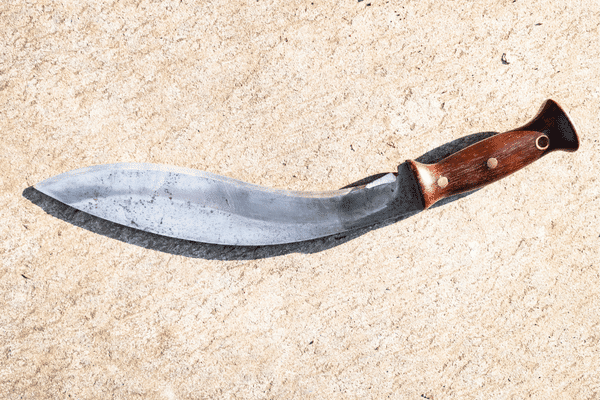Unveiling the Distinctions: Short Sword vs. Arming Sword.
In the vast world of historical weaponry, the Short sword and the arming sword stand as iconic representatives of medieval warfare. While they share the same historical context, these two weapons exhibit distinct characteristics that set them apart. In this exploration, we delve into the nuanced differences between a short sword and an arming sword, shedding light on their designs, purposes, and historical significance.
Understanding the Short Sword:
Definition and Characteristics
The short sword, as its name suggests, is a compact and versatile weapon characterized by a relatively shorter blade compared to other medieval swords. Its design emphasizes agility and close-quarters combat, making it an ideal choice for swift strikes and defensive maneuvers.
Historical Context
Short swords have roots dating back to ancient civilizations, with variations in cultures such as the Romans, Greeks, and Celts. As warfare evolved, short swords adapted to different regions and purposes, serving as sidearms for soldiers or personal defense weapons for civilians.
Design Features
Typically featuring a straight or slightly curved blade, the short sword excels in thrusting and slashing motions. Its shorter length allows for quick, precise movements, making it effective in confined spaces or when mounted on horseback. The grip is often designed for one-handed use, providing the wielder with the necessary control for rapid strikes.
Understanding the Arming Sword:
Definition and Characteristics
The Arming sword, also known as a knightly or medieval sword, is a more traditional longsword with a double-edged blade. It gained prominence during the medieval period, becoming synonymous with the chivalric code and the knightly class.
Historical Context
Arming swords were integral to medieval warfare, wielded by knights and warriors on the battlefield. The design of these swords evolved over time, reflecting advancements in metallurgy and combat tactics. Arming swords became symbols of honor and status, often adorned with intricate hilt designs and engravings.
Design Features
Arming swords typically have a longer blade compared to short swords, providing extended reach and versatility in combat scenarios. The double-edged design allows for both cutting and thrusting actions, making it adaptable to various fighting styles. The hilt usually accommodates a two-handed grip, enabling knights to deliver powerful strikes while maintaining control over their weapons.
Distinguishing Features:
Blade Length
One of the primary distinctions between a short sword and an arming sword is the blade length. Short swords feature shorter blades, usually ranging from 12 to 24 inches, emphasizing maneuverability and close combat. Knightly Swords, on the other hand, boast longer blades, often exceeding 30 inches, catering to a broader range of engagements on the battlefield.
Combat Usage
The intended use in combat situations further separates these two weapons. Short swords are designed for quick, agile movements, making them suitable for fast-paced encounters and defensive maneuvers. Arming swords, with their longer reach and double-edged blades, excel in a variety of combat scenarios, allowing for both thrusting attacks and sweeping slashes.
Cultural Influence
The cultural context and regions of use also play a role in differentiating short swords from arming swords. Short swords have a diverse cultural history, finding prevalence in various civilizations across the globe. Arming swords, however, are closely associated with medieval European culture, particularly the knightly class and the chivalric code.





Comments
Post a Comment